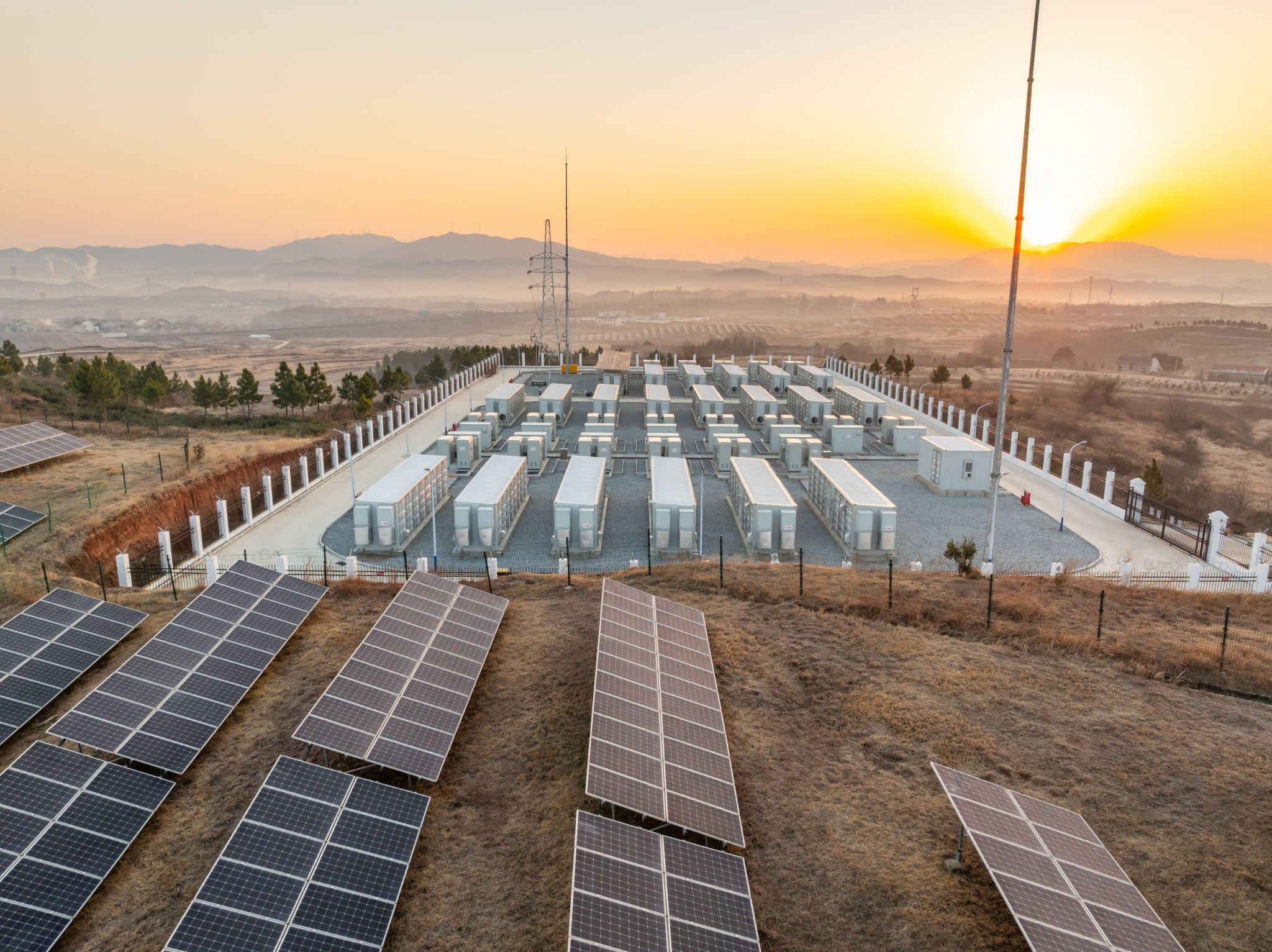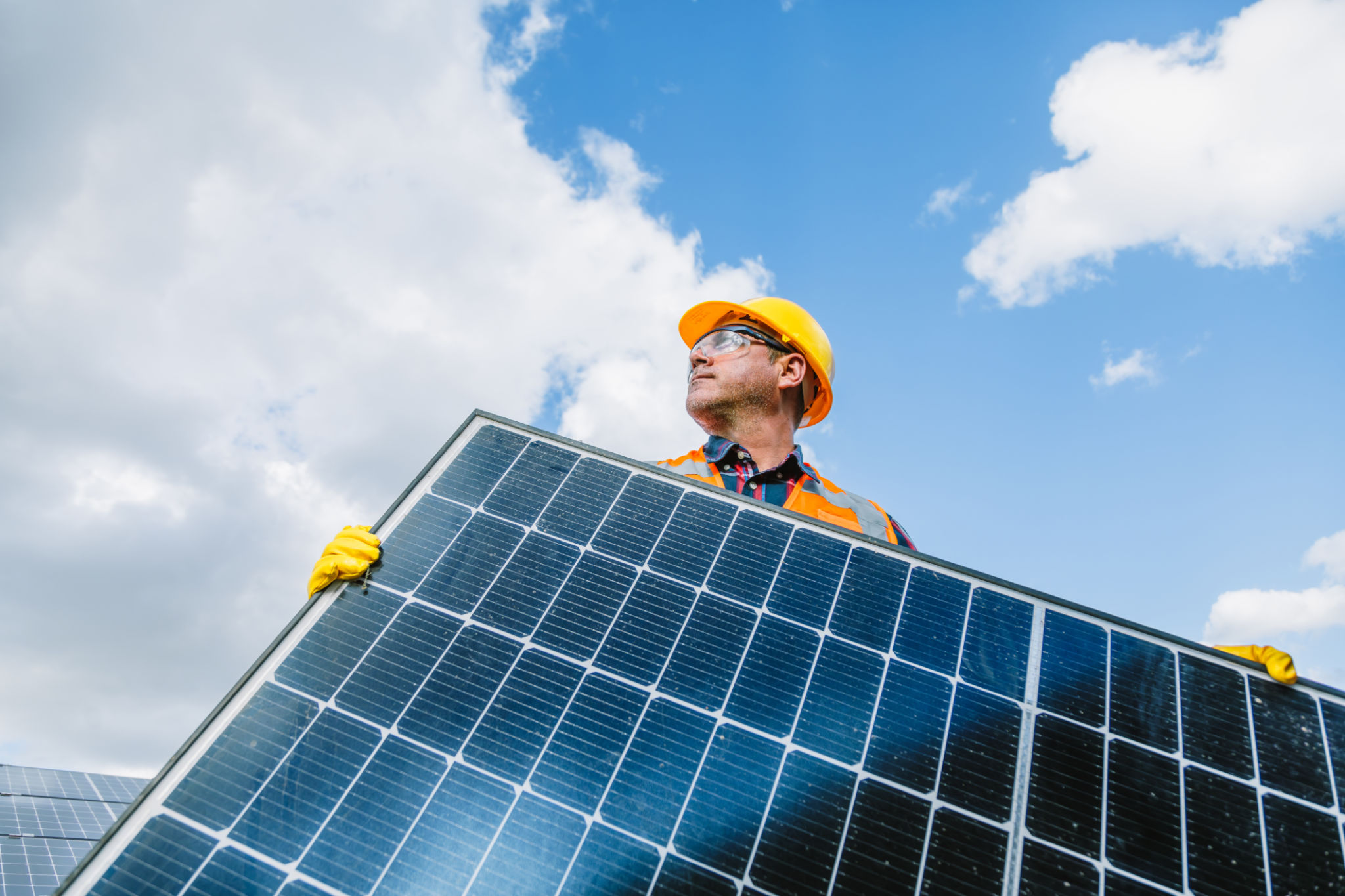Comparing Solar Energy Solutions for South Australian Homes
Understanding the Solar Energy Landscape in South Australia
South Australia is renowned for its abundant sunshine, making it an ideal location for harnessing solar energy. With the rising cost of electricity and growing environmental concerns, many homeowners are turning to solar solutions. However, with numerous options available, choosing the right system can be daunting. This post aims to compare different solar energy solutions tailored for South Australian homes.

Types of Solar Energy Systems
Solar energy systems for homes generally fall into three categories: grid-tied, off-grid, and hybrid systems. Each type offers unique benefits and challenges. Understanding these differences is crucial for making an informed decision.
Grid-tied systems are the most common. They connect directly to the public electricity grid, allowing homeowners to use solar power when available and draw electricity from the grid when needed. This setup often provides the best return on investment due to feed-in tariffs.

Off-Grid Systems
For those seeking energy independence, off-grid systems offer a viable solution. These systems are not connected to the public grid and rely entirely on solar panels and battery storage. While this provides autonomy, it requires a substantial upfront investment and careful planning to ensure consistent power availability.
Hybrid Systems
Hybrid systems combine the benefits of both grid-tied and off-grid systems. They are connected to the grid but also include battery storage. This setup allows homeowners to store excess energy for use during peak hours or outages, providing greater flexibility and resilience.

Factors to Consider When Choosing a System
When selecting a solar energy solution, homeowners should consider several factors:
- Initial Cost: The upfront cost of solar panels, inverters, and batteries can vary significantly between systems.
- Energy Needs: Assess your household's energy consumption to determine the appropriate system size.
- Roof Space: Adequate roof space with good sun exposure is essential for optimal panel placement.
- Local Climate: South Australia's climate is generally favorable for solar, but shading and weather patterns should be taken into account.
Government Incentives and Rebates
The South Australian government offers various incentives and rebates to encourage solar adoption. These can significantly reduce the initial investment cost. Homeowners should research available programs and work with accredited installers to maximize their benefits.

The Future of Solar Energy in South Australia
The future of solar energy in South Australia looks promising. Technological advancements continue to improve efficiency and reduce costs, making solar increasingly accessible. Moreover, the state's commitment to renewable energy ensures ongoing support for solar initiatives.
In conclusion, choosing the right solar energy solution requires careful consideration of your specific needs and conditions. By understanding the different system types and evaluating key factors, South Australian homeowners can make informed decisions that benefit both their wallets and the environment.
